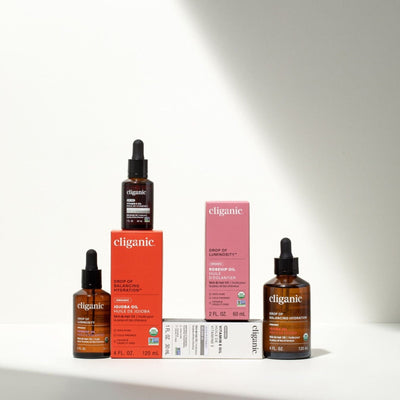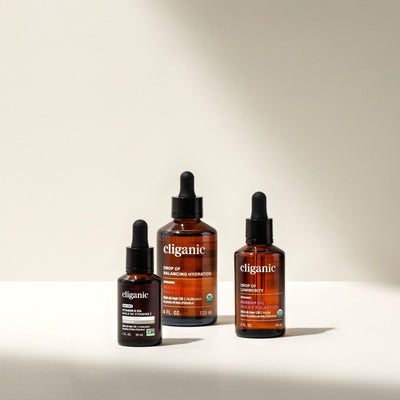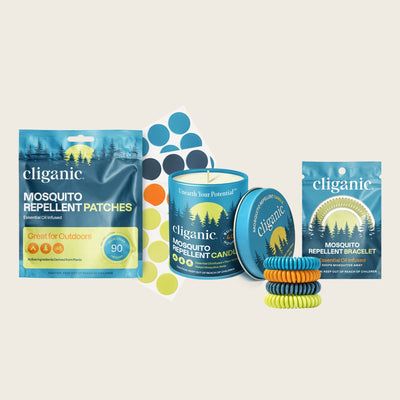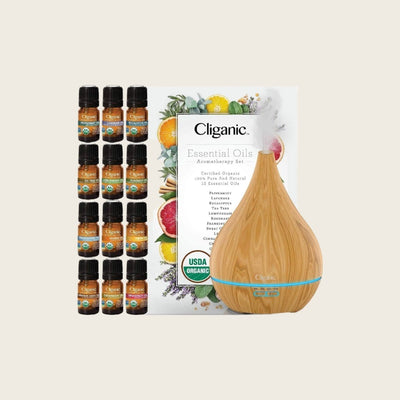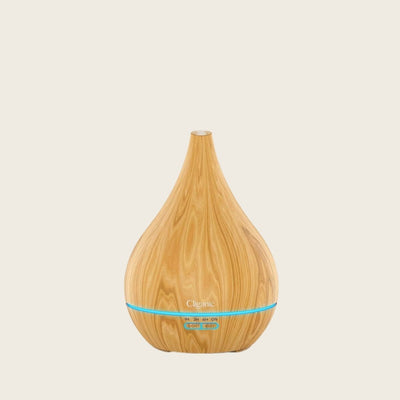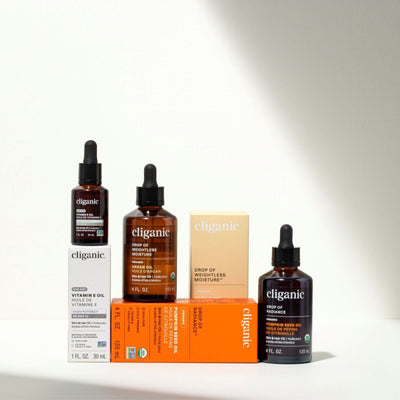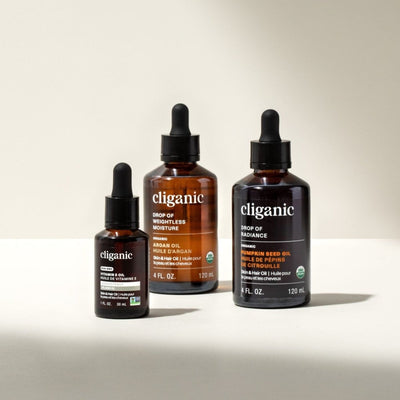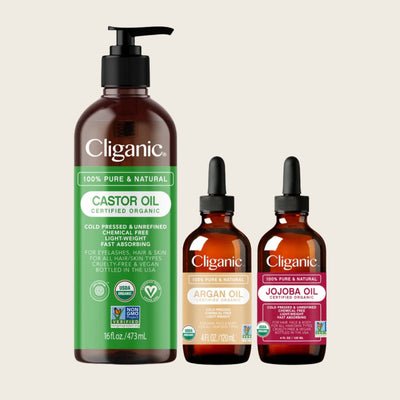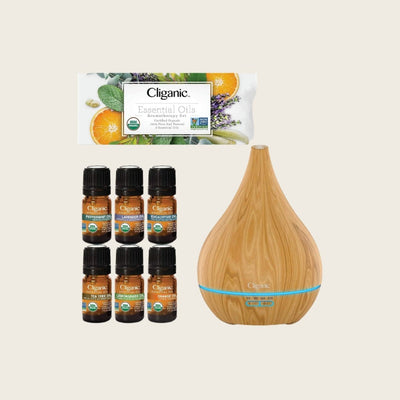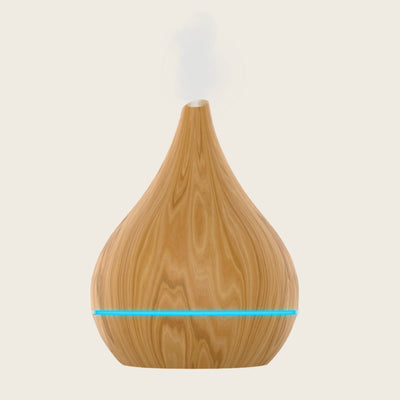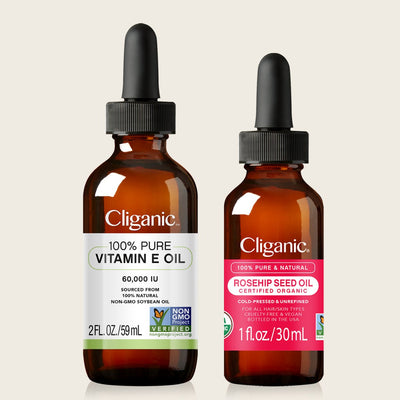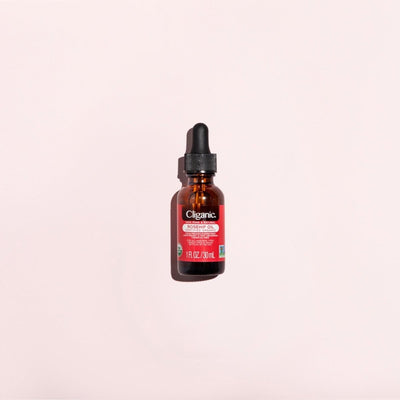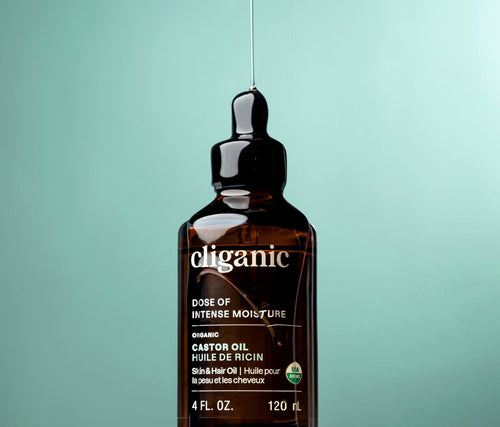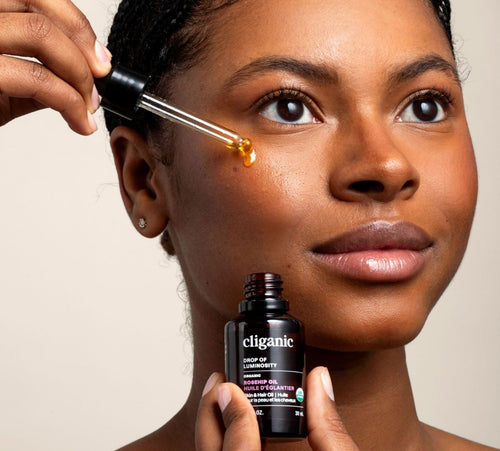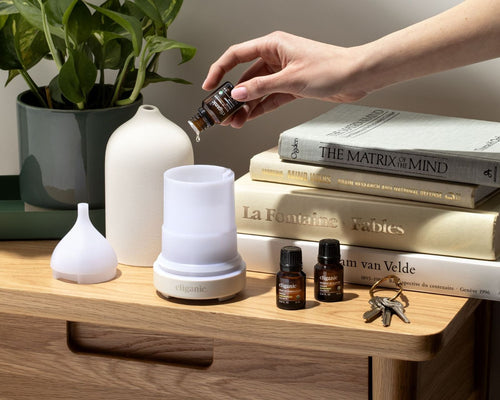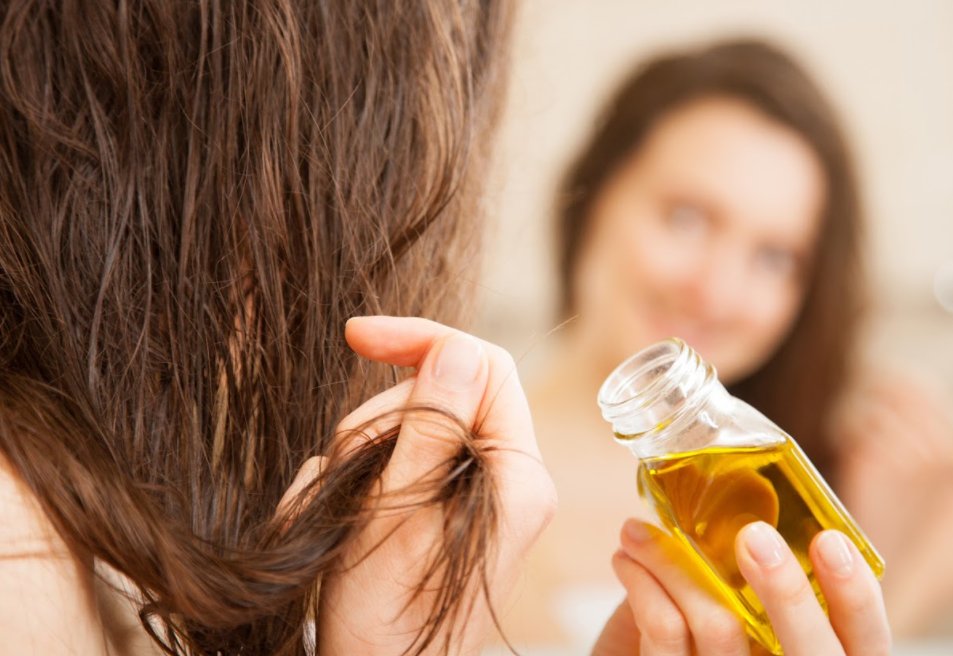
How To Use Jojoba Oil For Hair Benefits
Did you know that one of Organic Jojoba Oil’s uses is for the hair? It’s true! Applying Jojoba Oil to our hair and scalp can greatly improve the look and feel of our hair. Not to mention all of the other benefits that can offer extra shine, strength and conditioning.
The Ancient Practice of Hair Oiling
Hair Oiling is actually an ancient practice! We can find evidence of this in the ancient cultures of Egypt and India.
In ancient Egypt hair care held a lot of meaning. Not only was personal appearance of high value, but the health, condition and style of the hair was also a status symbol. Because of this the early Egyptians took great care of their hair, and created innovative treatments to ensure their hair’s beauty and health.
These treatments included massaging the scalp and combing the hair with oils in order to protect against the extremely dry climate while keeping the hair from weakening and breaking. In fact, there is even written evidence found in Egyptian tomb drawings and texts of complex combinations and mixtures of plant oils that were prescribed and used for hair growth and beauty.
We also find the practice of hair oiling in ancient India. In Ayurveda, an Indian traditional medicine practice over 4000 year old , hair oiling is central to lifestyle and wellness practices. It combines the healing properties of botanicals and oils in a scalp massage and hair, to promote healthy and resilient hair growth. The practice is deeply nourishing and protective, encouraging hair to grow longer and stay strong and shiny.
Let’s take a closer look at our scalp and hair!
Hair first begins with the hair follicle. It is a tiny hole or pore on our skin and scalp that is the root of our hair. It’s where our hair shaft forms and emerges out of the surface of our skin, and it’s connected to blood vessels that help nourish and support it’s health and growth.
Lubricating the sides of the follicle “hole” is sebum, the natural oil that our very own bodies produce to help push the hair shaft up and out of the follicle. Attached to the follicle are tiny glands called sebaceous glands that produce and excrete the sebum. This natural oil plays a very important role in protecting and nourishing the hair as it gets exposed outside of our body.
We are born with only a certain amount of hair follicles, and can’t produce any more than what we are born with. That’s why it’s really important to take care of what we have!
However, as we age, our bodies stop producing as much sebum as we did when we were younger, and this can result in thinning and weaker hair.
So what can we do to make up for this loss?
Enter Jojoba Oil to the rescue!
Did you know that the chemical composition of Jojoba Oil resembles our own sebum? You can read more about this in our other post on Jojoba Oil for the Lips [provide link].
So this means that when we massage Jojoba into our scalp and hair, our follicles are able to easily recognize Jojoba oil’s unique molecules and immediately absorb it -- ensuring that our scalp and hair are well nourished and supported -- making our hair look shiny and healthy!
Want to give Hair Oiling a try?
Here is a simple step by step Hair Oiling Guide you can do at home:
- On dry or damp hair and scalp, part your hair in sections, revealing areas of your scalp.
- Dispense about a tsp of oil into the palm of one hand, and with your other hand apply the oil directly onto your scalp where your hair is parted.
- As you apply oil to each part gently massage your scalp in small circular motions using all your fingers.
- Repeat this process until you feel you have applied oil to your entire scalp and have massaged it thoroughly.
- Add another tsp of oil to the palm of your hand and rub your hands together, and then run both hands through your hair, making sure to coat as many hairs as possible.
- If you have long hair you will most likely need to use more oil.
- Once all your hair is coated and your scalp is massaged, wrap your hair and head in a warm towel, and let the oil penetrate for 1-2 hours. Some choose to keep the oil in overnight.
- Next step is washing it out. You may need an extra wash and rinse to remove the oil, but use your best judgement, as you don’t want to over wash and cause dryness on your scalp.
- Hair oiling often sees best results when it’s done twice a week.
Here are a few tips for best practices:
- Avoid hair oiling if you have any scalp conditions that produce itchiness, flaking, cracked skin and inflammation.
- Warming the oil before you massage into your scalp can boost the oil’s absorption and effectiveness.
- If you are adding essential oils to your hair oiling practice, make sure to use very little. We recommend only 6 drops per 2 TBSP.
Jojoba
Argan
Castor
Jojoba has other uses besides Hair Care!
Not only is Jojoba super hydrating and nourishing for our hair, but it also is nourishing for our face, and has many skin benefits. Here are a few of our favorite benefits:
- Supports skin rejuvenation
- Promotes vibrancy
- Soothes and balances skin tone and appearance.
- Nourishes and hydrates
- Offers protection
Here’s how to use Jojoba Oil on face:
Using Jojoba oil on your face can provide similar benefits as applying it to your scalp and hair. It’s nourishing, hydrating and protective. Try applying 1 tsp, and gently massaging your face in circular motions, to improve vibrancy and glow.
Let us know how you are using organic Jojoba Oil in your beauty routine!


